I believed for a long time that they only way I could get a Continuous Glucose Monitor or CGM was through my diabetes team in my clinic. However, I have since discovered that there is more than one option to get your hands on one of these and more than one funding option. A continuous glucose monitoring system monitors glucose levels 24 hours per day. It takes a glucose value every 5 minutes and gives the wearer an average blood glucose level and where it’s heading (trend arrow) for that hour. You can read more about what this device does here.
What are your options for getting a CGM?
If you are interested in getting a cgm you. Have three options:
100% SELF FUND
Not many people are aware of this but anyone can get a cgm! You don’t need a prescription or permission from your diabetes team. That is if you have the money to pay for it! And they are flippin’ expensive!
All of the companies offer a trial before purchase. It’s a lot of money to invest and you should be sure before you have to commit financially.
It’s as simple as going to one of the three websites above and sending an email to them, or making a phone call to order or order online directly as with the Libre.
Here is Dexcom’s latest pricing information. Here is the libre’s. And Medtronic’s will be available when they relaunch the Guardian in the spring.
UPDATED 21/4/2018
If you do self fund your device you can claim a VAT refund AND an Income Tax Refund for your CGM.
CLAIMING A VAT REFUND
Claim your VAT refund of 23% back from the cost of your Flash/Continuous Glucose Monitor through the "reclaim VAT on aids and appliances for disabled persons" scheme, as diabetes is legally recognised as a disability in order to be included on the Long Term Illness scheme.
This is the link to find out how to claim.
AND
CLAIMING AN INCOME TAX REFUND
You can claim relief on the cost of health expenses. These can be your own health expenses, those of a family member or any individual’s, as long as you paid for them.
You generally receive tax relief for health expenses at your standard rate of tax (20%). Find out more here.
Note - The Med 1 is no longer available. Health expenses are claimed through your tax return form.
COMBINED FUNDING
Combined funding is a combination of Part self funded and part HSE funded. This option requires you to work with your team to come up with a plan that works for everyone.
It can involve a suggestion from you to your team that you are willing to fund the transmitter and receiver if your team can submit an application to have the sensors funded through the Long Term Illness Scheme (LTI).
HSE FUNDED
This is where the HSE cover the cost of the CGM 100%. One such Grounds for this funding include hypo unawareness. However, be aware that if you are deemed to be hypo unaware that it has consequences for things like life insurance or mortgage.
Others grounds for HSE funding can be found under the UK’s NICE guidelines.
There are three CGM devices available at the moment:
Dexcom G4 or the G5
Dexcom have a good reputation in this field and have been leading in accuracy. As far as I’m aware Dexcom can be integrated with only one insulin pump: the Animas Vibe meaning that you don’t need a receiver. It’s one less thing to carry around.
The G4 has been around for awhile but Dexcom are now focusing on their G5® Mobile CGM System where the Transmitter sends data wirelessly to your compatible smart device or your receiver where you can “View your glucose trends in vivid colors to know when it’s high, low or within range.”
Medtronic Guardian Connect
The Guardian Connect was launched in Ireland April 2017. It’s not integrated with any insulin pump just yet but I imagine that will happen in time. This CGM also transmits information wirelessly to the Guardian Connect app on your iPhone or iPod Touch only.
However, there is currently a global shortage of Medtronic Enlite sensors. The company has made the decision to maintain existing customer supply and has placed a freeze on any new CGMs being sold until next spring in Ireland.
Flash glucose monitoring- Freestyle Libre
The Freestyle Libre is, Technically, not a cgm but a flash GM. The difference being that the wearer has to scan the sensor to get the glucose value and trend information. Here is a review that co-founder, Rebecca Flanagan wrote on behalf of her daughter who continues to use it.
CGM's IN THE PIPELINE
Senseonics’ Eversense: a 180-Day CGM which received it's CE mark approval in Europe in September and is being trialed in many European countries at the moment. Also in clinical trials is the Nemaura SugarBEAT patch. The first-generation sugarBEAT® received CE approval in early 2016.
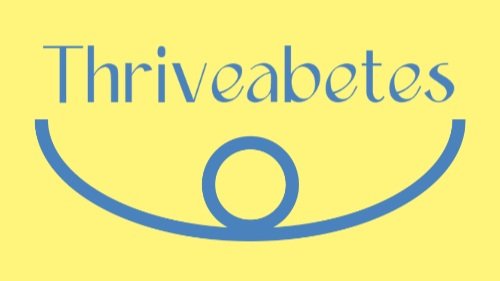
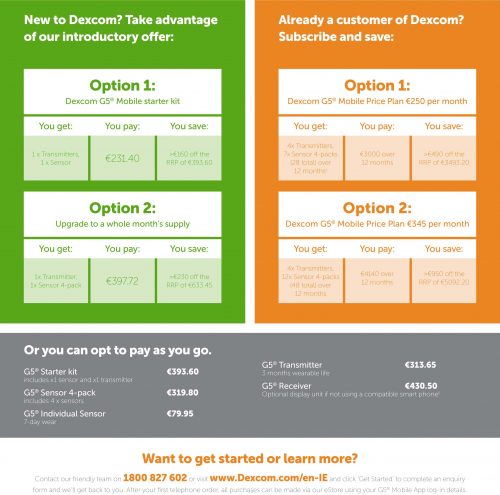
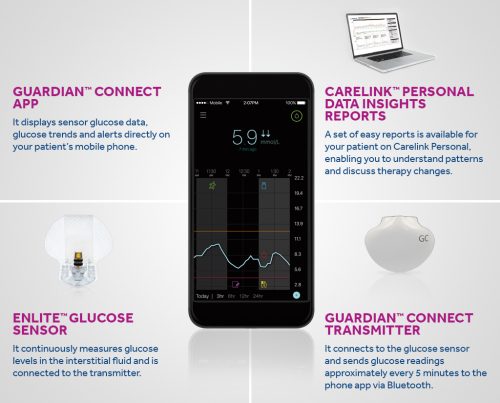

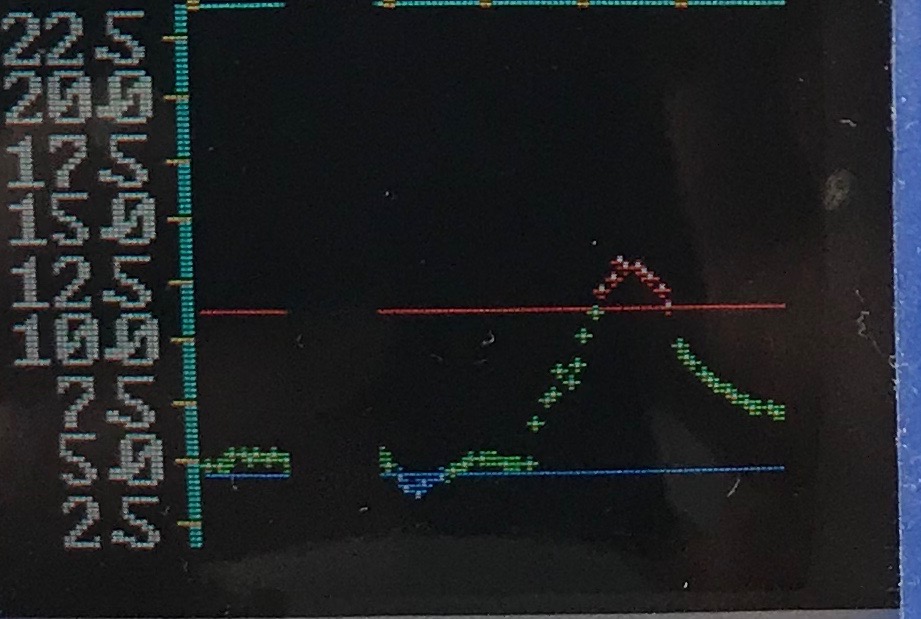
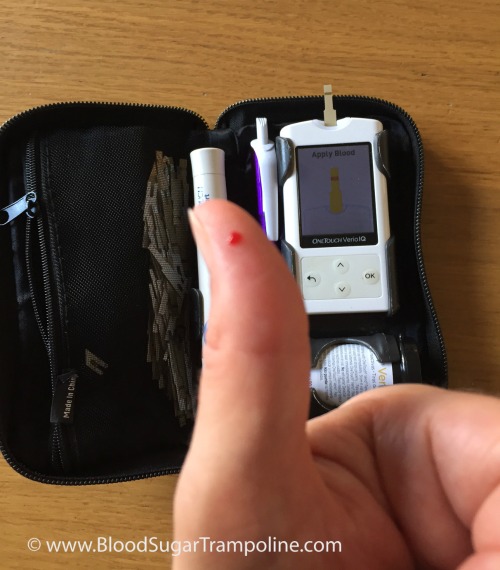
 Gavin lives was diagnosed with type 1 diabetes at age 8 in 2000 and hopes that by doing this he will inspire others living with type 1 diabetes that they too can achieve their dreams but also to raise awareness in the wider public about the challenges living with type 1 diabetes.
Gavin lives was diagnosed with type 1 diabetes at age 8 in 2000 and hopes that by doing this he will inspire others living with type 1 diabetes that they too can achieve their dreams but also to raise awareness in the wider public about the challenges living with type 1 diabetes.